How to Do Mixed Media Art
Method 1 of 3:
Creating a Collage
-
 Choose a base material. Your mixed media base can be any flat surface; many people use either blank canvases or pieces of flat wood. You could also use a journal or notebook to make a personalized jacket for your journal.[1]
Choose a base material. Your mixed media base can be any flat surface; many people use either blank canvases or pieces of flat wood. You could also use a journal or notebook to make a personalized jacket for your journal.[1]- Your base material can be any size or shape that you want – just be sure it has a flat surface.
-
 Collect thin paper with text or images to use in your background. You have many options here for what to use: old paper from your printer with text on it, sheet music, pages from the phone book, newspaper pages, thin magazine pages, children's book pages, and patterned tissue paper are just a few.[2]
Collect thin paper with text or images to use in your background. You have many options here for what to use: old paper from your printer with text on it, sheet music, pages from the phone book, newspaper pages, thin magazine pages, children's book pages, and patterned tissue paper are just a few.[2]- Start a collection by going through old books and newspapers and pulling out pages you may want to use in the future.
- If you have a space for working on art, create a space for your paper collection and organize it according to type.
-
 Add color and texture to your paper with watered-down paint. Select pages of thin paper you'd like to use, and some inexpensive acrylic paint of any color. Water down your paint by squeezing about 2 tablespoons (30 mL) of paint into a cup, adding that same amount in water, and mixing it. Begin painting your pages of paper with thick stripes, circles, squares, or any pattern of shapes that you'd like.[3]
Add color and texture to your paper with watered-down paint. Select pages of thin paper you'd like to use, and some inexpensive acrylic paint of any color. Water down your paint by squeezing about 2 tablespoons (30 mL) of paint into a cup, adding that same amount in water, and mixing it. Begin painting your pages of paper with thick stripes, circles, squares, or any pattern of shapes that you'd like.[3]- Allow your first layer, and each subsequent layer, to dry for 15 minutes before adding another layer with a different paint color and different shapes. Continue adding colors and shapes until you get a look that you like.
- If your paint is too thick and seems to be covering the text or images from your paper, thin it down more by adding more water to it. You want to be able to see the text and images from the paper through the paint.
-
 Make your background with thick pages and degreaser for an abstract look. Instead of using thin pages and painting them, take some thick glossy magazine pages, such as National Geographic, that have images on them. Take a citrus-based household degreaser and spray the pages until the colors start to run and blend together.[4]
Make your background with thick pages and degreaser for an abstract look. Instead of using thin pages and painting them, take some thick glossy magazine pages, such as National Geographic, that have images on them. Take a citrus-based household degreaser and spray the pages until the colors start to run and blend together.[4]- The more degreaser you spray on the pages, the more the colors will run and the more abstract the image will appear. If you want to keep a bit of the image coherent, just spray the page once or twice and allow that to dry before spraying any more.
- Cover your work area with a drop cloth to avoid getting degreaser on any surfaces you don't want sprayed. Allow your pages to dry for 15-20 minutes.
-
 Adhere your background papers to your canvas with decoupage. Plan out how you want your background to look and start cutting or ripping pieces of background paper. Squeeze some decoupage into a cup, and using a small craft paintbrush, brush some decoupage onto your canvas. Lay down a piece of background paper onto the decoupage, then brush the top of the paper with decoupage. [5]
Adhere your background papers to your canvas with decoupage. Plan out how you want your background to look and start cutting or ripping pieces of background paper. Squeeze some decoupage into a cup, and using a small craft paintbrush, brush some decoupage onto your canvas. Lay down a piece of background paper onto the decoupage, then brush the top of the paper with decoupage. [5]- Cover the edges of the paper with a coating of decoupage to seal them to the canvas.
- You can fill your entire canvas with pieces of background paper and overlap them at certain points, or leave empty spaces on your canvas to fill in later with paint or other materials.
- Allow your canvas to dry overnight when you have finished applying your background pieces and you like how it looks.
-
 Fill in empty spaces with acrylic or gesso paint. If you left any spaces of canvas open between your background pages, or you'd like to cover some of them up, you can do so with any color paint. Acrylic paint will leave you with a slick, shiny appearance, while gesso, or acrylic mixed with gesso, will dry matte and have more texture and thickness to it.[6]
Fill in empty spaces with acrylic or gesso paint. If you left any spaces of canvas open between your background pages, or you'd like to cover some of them up, you can do so with any color paint. Acrylic paint will leave you with a slick, shiny appearance, while gesso, or acrylic mixed with gesso, will dry matte and have more texture and thickness to it.[6]- Try covering some of your background in strips of ripped masking tape, then applying a layer of paint with a brush. Your original background will peek through when you rip off the tape.
-
 Create a pattern with rubber stamps. Choose a rubber stamp such as a flower or the Eifel Tower and stamp the image across your canvas, either in a couple of rows across the whole canvas or in 1 corner. The repetitive design up against your background will create another visually pleasing layer.[7]
Create a pattern with rubber stamps. Choose a rubber stamp such as a flower or the Eifel Tower and stamp the image across your canvas, either in a couple of rows across the whole canvas or in 1 corner. The repetitive design up against your background will create another visually pleasing layer.[7]- Use dark ink on light background areas, or white ink on dark background areas, to make the stamps stand out.
-
 Hold a heat gun near a heavily painted area to create bubbles. A way to add some texture to your collage is to paint an area of it heavily with acrylic paint. Allow the area of thick paint to dry overnight, then hold a heat gun up to the surface very close but not quite touching it. Lift the gun away immediately and place it back down in a different spot to add more bubbles.[8]
Hold a heat gun near a heavily painted area to create bubbles. A way to add some texture to your collage is to paint an area of it heavily with acrylic paint. Allow the area of thick paint to dry overnight, then hold a heat gun up to the surface very close but not quite touching it. Lift the gun away immediately and place it back down in a different spot to add more bubbles.[8]- The heat from the gun will add bumps and bubbles to the paint. You can allow bubbles to break open for a unique look.
- Work quickly to make sure you don't apply too much heat and ruin the base of your collage.
- To achieve this effect on your entire collage, you would need to use clay board as your base instead of canvas or wood. Holding the heat gun up to thinner painted areas on canvas or wood could damage your entire collage.
-
 Add different texture with hot glue and gesso. Another way to add texture is by drawing shapes onto your collage with hot glue. Simply heat up a glue gun and draw spirals, tree branches, or any shapes you want onto your collage. Allow the glue to dry for half an hour, then paint over it and the area surrounding it with any color gesso paint.[9]
Add different texture with hot glue and gesso. Another way to add texture is by drawing shapes onto your collage with hot glue. Simply heat up a glue gun and draw spirals, tree branches, or any shapes you want onto your collage. Allow the glue to dry for half an hour, then paint over it and the area surrounding it with any color gesso paint.[9]- Try wiping the gesso with a paper towel before it's dry to create a smeared, textured look that allows your background papers to show through.
- Allow every layer to dry before adding a new one on top of it.
-
 Attach ribbon, beads, or metalwork to your canvas with hot glue. Use any collection of old jewelry or trim to add a top layer to your collage. You'll want to make sure you're done with your painting layers before starting this step so that you don't cover your items in paint – unless you want your items painted.[10]
Attach ribbon, beads, or metalwork to your canvas with hot glue. Use any collection of old jewelry or trim to add a top layer to your collage. You'll want to make sure you're done with your painting layers before starting this step so that you don't cover your items in paint – unless you want your items painted.[10]- Try choosing an image from your background or a shape that has come out as a focal point, and attach beads around that as a border.
- Use an antique brooch or other piece of metal jewelry to create your collage's focal point.
- Experiment with dried flowers to attach to your collage. These work best when they are already flattened during the drying process.
-
 Cover your finished collage with decoupage to make it shine. To finalize your collage and make sure all your layers are secure, brush a thin layer of decoupage over the finished design. Allow this layer to dry for a few hours and you're ready to display your piece![11]
Cover your finished collage with decoupage to make it shine. To finalize your collage and make sure all your layers are secure, brush a thin layer of decoupage over the finished design. Allow this layer to dry for a few hours and you're ready to display your piece![11]
Method 2 of 3:
Combining Pencil and Watercolor
-
 Print a black and white photo you'd like to draw on regular printer paper. Print a black and white photo of a person, animal, building you like, or landscape on regular printer paper. Any image that you like will work. You will use this photo as a reference to recreate it as a pencil and watercolor piece.[12]
Print a black and white photo you'd like to draw on regular printer paper. Print a black and white photo of a person, animal, building you like, or landscape on regular printer paper. Any image that you like will work. You will use this photo as a reference to recreate it as a pencil and watercolor piece.[12]- You don't need to use an originally black and white image. Just make sure the printed-out version is in black and white.
- Instead of printing from a computer, use an image in a photography book and make a black and white photocopy of it. Photocopiers can be found at many libraries and office supply stores.
- If you're experienced in drawing and want to use your own personal drawing, you can skip this step and make your drawing in graphite on a piece of watercolor paper. Then skip down to the step about filling in your drawing with colored pencil.
-
 Flip the paper over and cover the image with graphite scribbles. On the back of the printed photo, cover the paper in graphite using a soft 6B or 8B graphite pencil. You want to get a nice layer of graphite all over the parts of the image that you'll be using in your drawing. Start with a sharpened pencil while scribbling, and allow the point to get dull.[13]
Flip the paper over and cover the image with graphite scribbles. On the back of the printed photo, cover the paper in graphite using a soft 6B or 8B graphite pencil. You want to get a nice layer of graphite all over the parts of the image that you'll be using in your drawing. Start with a sharpened pencil while scribbling, and allow the point to get dull.[13]- Sharpen your pencil again if it becomes so dull you can no longer use it.
-
 Turn the paper back over and clip it to your watercolor paper. When you've covered the back of the print-out in graphite, flip the paper over and clip it, front side up, to a similarly sized piece of watercolor paper. Be sure that the image is securely in place so that it doesn't slide around when you're tracing it.[14]
Turn the paper back over and clip it to your watercolor paper. When you've covered the back of the print-out in graphite, flip the paper over and clip it, front side up, to a similarly sized piece of watercolor paper. Be sure that the image is securely in place so that it doesn't slide around when you're tracing it.[14]- Use multiple clips or tape on every side to make sure the image is secured to the watercolor paper and won't move around.
-
 Use a ballpoint pen to trace your image. On your image print-out, trace major lines and smaller details directly onto the image with ballpoint pen. Do not color anything in; simply trace the details. The pressure from the pen will transfer graphite lines onto your piece of watercolor paper behind the image.[15]
Use a ballpoint pen to trace your image. On your image print-out, trace major lines and smaller details directly onto the image with ballpoint pen. Do not color anything in; simply trace the details. The pressure from the pen will transfer graphite lines onto your piece of watercolor paper behind the image.[15]- You can make a few extra lines to denote important shadows from your image, but the actual shadowing will come later.
-
 Remove the image print-out from the watercolor paper. When you have finished fully tracing the image in detail, remove the print-out from the watercolor paper. You should have a good traced sketch of the image on your watercolor paper now.[16]
Remove the image print-out from the watercolor paper. When you have finished fully tracing the image in detail, remove the print-out from the watercolor paper. You should have a good traced sketch of the image on your watercolor paper now.[16]- If there are any parts missing or ones that are too light, add more graphite scribbles to the back of your print-out and trace it onto the watercolor paper again.
-
 Fill in the image with colored pencil starting with the darkest parts. Using your print-out for reference, shade the darkest parts of the image on your watercolor paper with black or sepia colored pencil. Coloring the darkest parts first will help you transform the outline of the image into a version that looks more and more like the actual image.[17]
Fill in the image with colored pencil starting with the darkest parts. Using your print-out for reference, shade the darkest parts of the image on your watercolor paper with black or sepia colored pencil. Coloring the darkest parts first will help you transform the outline of the image into a version that looks more and more like the actual image.[17]- Next shade the lighter parts of the image using a warm grey colored pencil.
-
 Mix some watercolors with water. Choose colors that you would like to use on your piece. If the original image was in color, you can use these colors as a reference point, or make your piece have totally different colors. It's entirely up to you. Mix your paints with plenty of water so that the colors are nice and light.[18]
Mix some watercolors with water. Choose colors that you would like to use on your piece. If the original image was in color, you can use these colors as a reference point, or make your piece have totally different colors. It's entirely up to you. Mix your paints with plenty of water so that the colors are nice and light.[18] -
 Apply watercolor to various parts of your pencil drawing however you like. Using your light, watered-down colors and a small paintbrush, begin adding color to details of your drawing. Some people like to keep the color in their pieces at a minimum, while others like their image to be more drenched in color. Allow your colors to dry for half an hour before moving on to the next step.[19]
Apply watercolor to various parts of your pencil drawing however you like. Using your light, watered-down colors and a small paintbrush, begin adding color to details of your drawing. Some people like to keep the color in their pieces at a minimum, while others like their image to be more drenched in color. Allow your colors to dry for half an hour before moving on to the next step.[19]- After you've painted parts of your image in the very watered-down colors, you can add more bright highlights with less-watered down colors according to your preference.
-
 Use black watercolor to highlight details and shadows. To go over some of the darkest areas of your piece, dip a clean paintbrush into water and add just 1 drop of water to some black watercolor. This will give you the densest black to add to the dark areas of your image. When you've filled in the darkest areas, lighten the black watercolor to grey by adding more water.[20]
Use black watercolor to highlight details and shadows. To go over some of the darkest areas of your piece, dip a clean paintbrush into water and add just 1 drop of water to some black watercolor. This will give you the densest black to add to the dark areas of your image. When you've filled in the darkest areas, lighten the black watercolor to grey by adding more water.[20]- Use the greyish watercolor to fill in lighter shadows on your image. Allow your watercolors to dry for half an hour.
-
 Add texture with colored pencil to finalize the piece. Let your watercolors dry for at least a half an hour. When the paint is dry, use your colored pencils to add more texture to your piece. If your image is an animal, pencils are especially useful in creating fur.[21]
Add texture with colored pencil to finalize the piece. Let your watercolors dry for at least a half an hour. When the paint is dry, use your colored pencils to add more texture to your piece. If your image is an animal, pencils are especially useful in creating fur.[21]- Use your pencils to add subtle details to your piece such as blades of grass, lines on leaves, texture of brick or stone on a building, or hair on people.
- If you think your piece doesn't have enough watercolor, you can always go back and add more. Just finalize the piece with pencils as your last step.
Method 3 of 3:
Embellishing Photographs
-
 Choose some photographs to alter. Many people like using old photos for this project, but you can use any photo you want. Look for old photos at thrift stores, antique stores, or garage sales, or choose photos from your own collection.[22]
Choose some photographs to alter. Many people like using old photos for this project, but you can use any photo you want. Look for old photos at thrift stores, antique stores, or garage sales, or choose photos from your own collection.[22]- If you're using a photo that's important to you and you're afraid of messing up, make a paper photocopy of the photo to try out your ideas before permanently changing the photograph.
-
 Try watercolor on a black and white photo to make it pop. Mix some watercolors with a small amount of water so that they're nice and bright. Apply color carefully to the lighter or white parts of a black and white photo in any way that you want.[23]
Try watercolor on a black and white photo to make it pop. Mix some watercolors with a small amount of water so that they're nice and bright. Apply color carefully to the lighter or white parts of a black and white photo in any way that you want.[23]- Don't be afraid to make the colors weird if that's what you want to do. Make people have green skin, make the sky red, etc.
-
 Add shapes, designs, or text in ink on a photo to create a brand new image. Use colored or black ink to modify your photo by adding shapes, designs, or words. Black ink drawings look nice over colored photos, while colored ink looks great on black and white, sepia, or monochrome photos.[24]
Add shapes, designs, or text in ink on a photo to create a brand new image. Use colored or black ink to modify your photo by adding shapes, designs, or words. Black ink drawings look nice over colored photos, while colored ink looks great on black and white, sepia, or monochrome photos.[24]- Try giving people word bubbles like in comics, or add stars over their eyes. Or add to the background of a photo with lots of different shapes and designs.
-
 Change the colors and details of a photograph with paint pens, pastels, or acrylics. Take any colored photograph and change the colors by outlining a part of it in a different color of paint pen, pastel, or acrylic paint. Or use black and white photos to add color.[25]
Change the colors and details of a photograph with paint pens, pastels, or acrylics. Take any colored photograph and change the colors by outlining a part of it in a different color of paint pen, pastel, or acrylic paint. Or use black and white photos to add color.[25]- Add shapes and designs in any way that you like with your paint, paint pen, or pastel to change the original photo as much as you like.
-
 Add glitter, newspaper clippings, or pressed flowers to make your photos 3D. Similar to collage, you can glue a variety of objects on top of any photograph to add embellishments. You can do this in conjunction with changing the photos with painting or drawing, or do this on its own. Remember – your only limit is your own imagination.[26]
Add glitter, newspaper clippings, or pressed flowers to make your photos 3D. Similar to collage, you can glue a variety of objects on top of any photograph to add embellishments. You can do this in conjunction with changing the photos with painting or drawing, or do this on its own. Remember – your only limit is your own imagination.[26]
5 ★ | 2 Vote
You should read it
May be interested
- 5 social media trends in 2014
 in 2013, it is possible to summarize social media activities with the phrase 'real-time marketing, content marketing, video and mobile'. so in 2014, what will be the use of social media networks for marketing and business?
in 2013, it is possible to summarize social media activities with the phrase 'real-time marketing, content marketing, video and mobile'. so in 2014, what will be the use of social media networks for marketing and business? - Do 10 ways of checking food with eyes often get mixed with chemicals?
 a few small secrets to be able to distinguish between fresh food and mixed food to protect your health and your family.
a few small secrets to be able to distinguish between fresh food and mixed food to protect your health and your family. - How to Protect Your Kids on Social Media
 social media surrounds us. companies and television networks target teens to use social media by liking, following, or tweeting about products and shows. social media is also a great place to keep up with family and friends. while there is...
social media surrounds us. companies and television networks target teens to use social media by liking, following, or tweeting about products and shows. social media is also a great place to keep up with family and friends. while there is... - VLC Media Player 3.0.11
 vlc media player is free, powerful and feature-rich software that can play a wide variety of audio, image and video files. it can play multimedia files directly from extractable devices or a pc.
vlc media player is free, powerful and feature-rich software that can play a wide variety of audio, image and video files. it can play multimedia files directly from extractable devices or a pc. - How to fix 3 problems with VLC Media Player
 vlc media player usually delivers outstanding quality, but some users still experience issues, such as the player not working, lagging or crashing, or the upcoming video being shuffled.
vlc media player usually delivers outstanding quality, but some users still experience issues, such as the player not working, lagging or crashing, or the upcoming video being shuffled. - How to Download Windows Media Center
 windows media center was microsoft's media pc interface, and allowed you to record live tv, manage and playback your media, and more. media center has been discontinued, but you can still get it for windows 7 or 8.1. if you are using...
windows media center was microsoft's media pc interface, and allowed you to record live tv, manage and playback your media, and more. media center has been discontinued, but you can still get it for windows 7 or 8.1. if you are using... - How to record webcam videos on VLC Media Player
 vlc media player also has the feature to support returning images from webcams on your computer, then save them as videos on the folder that the user has selected.
vlc media player also has the feature to support returning images from webcams on your computer, then save them as videos on the folder that the user has selected. - Set up VLC Media Player as the default multimedia player on Windows 10
 by default, windows 10 is integrated with windows media player as a multimedia player. however, if you feel too bored with windows media player, you can set up other multimedia players such as vlc media player as a multimedia player on windows 10. to do this, please refer to the article. below of network administration.
by default, windows 10 is integrated with windows media player as a multimedia player. however, if you feel too bored with windows media player, you can set up other multimedia players such as vlc media player as a multimedia player on windows 10. to do this, please refer to the article. below of network administration. - 7 negative impacts of social networks on users
 if you can't live without social media, this is a sign that you have fallen victim to the 'evil power' of social media. it also means that you have been and are suffering from one or more negative effects of social media.
if you can't live without social media, this is a sign that you have fallen victim to the 'evil power' of social media. it also means that you have been and are suffering from one or more negative effects of social media. - Advertising is making people use social media less
 ads are everywhere on social media, including between videos and short social media posts. and it's these ubiquitous ads that are driving people away from social media platforms.
ads are everywhere on social media, including between videos and short social media posts. and it's these ubiquitous ads that are driving people away from social media platforms.
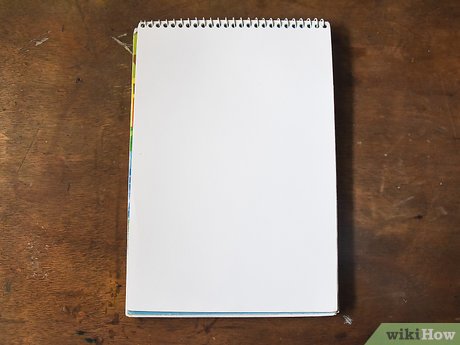
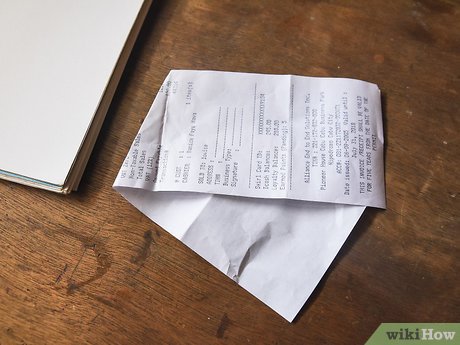
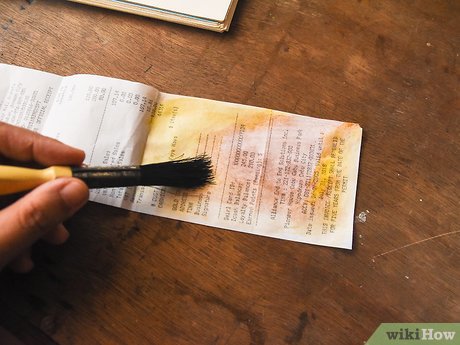
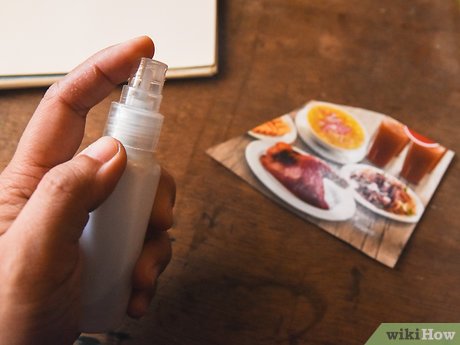
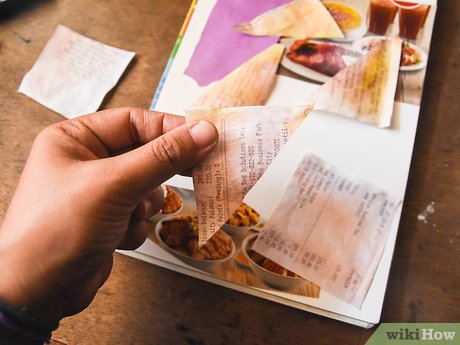
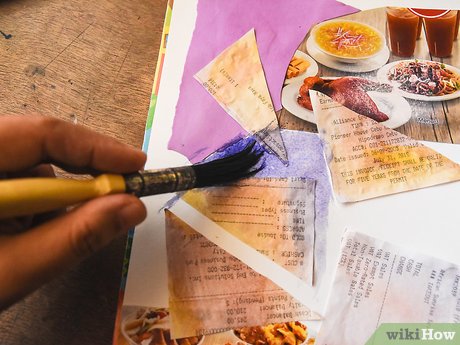
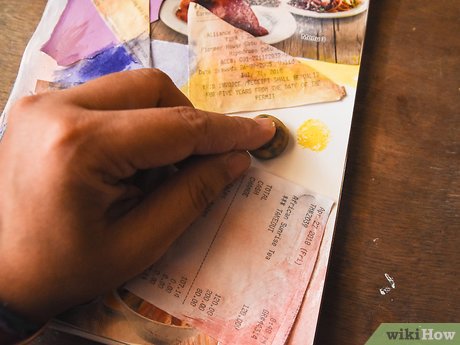
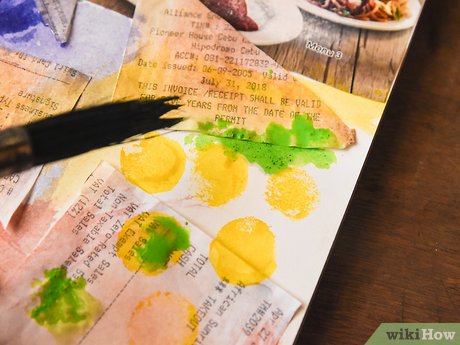
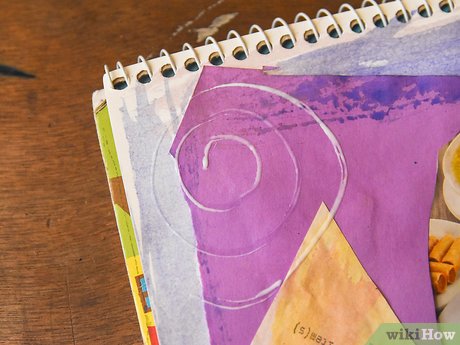
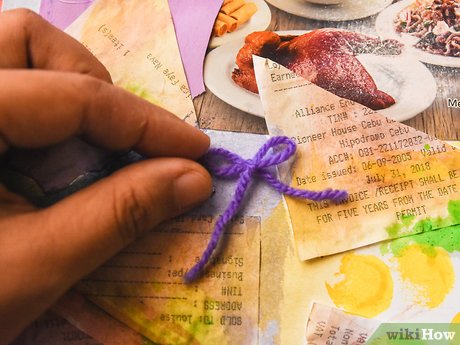
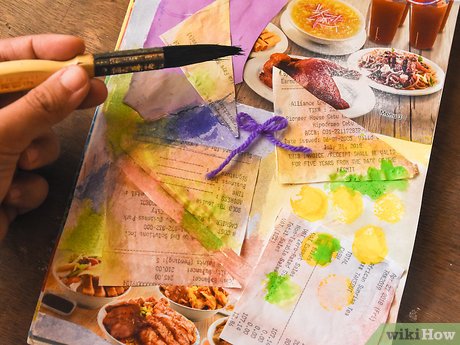
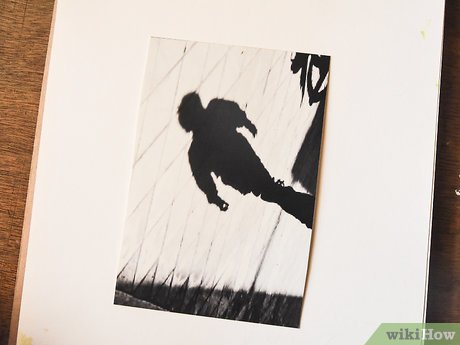
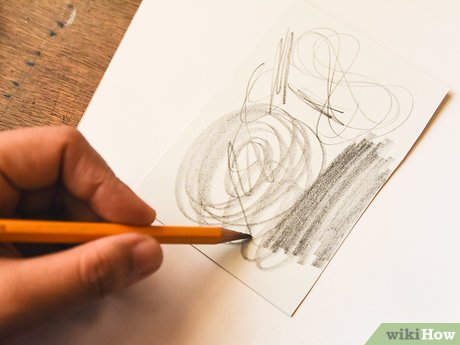
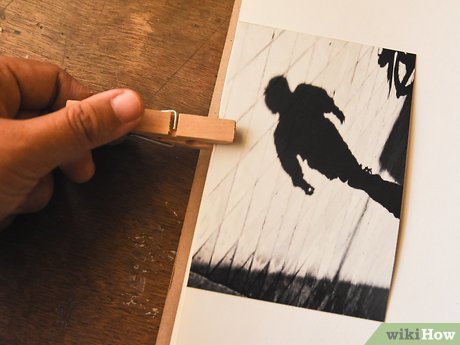

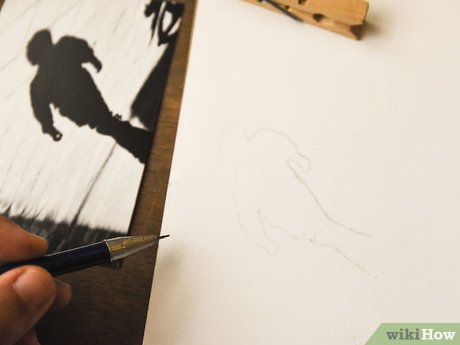
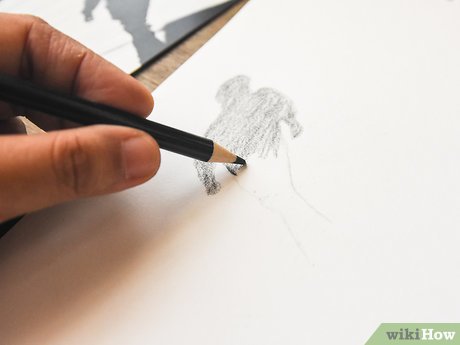
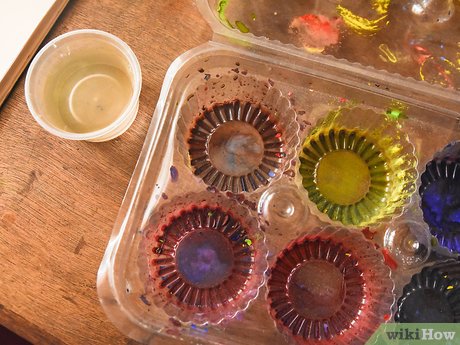
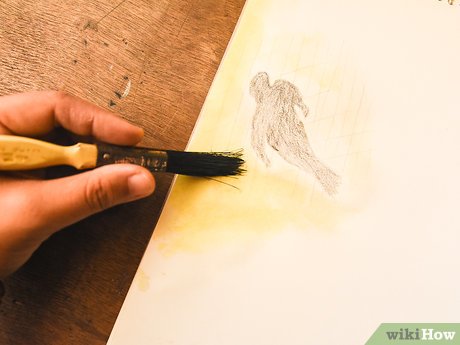
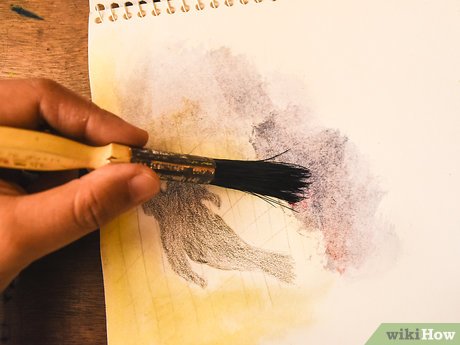
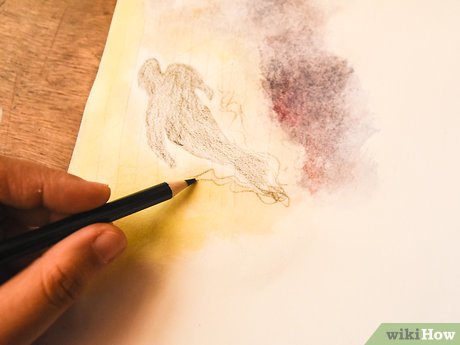
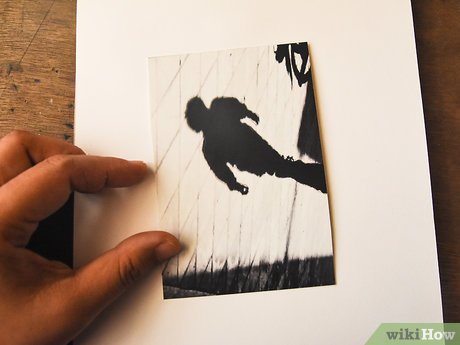
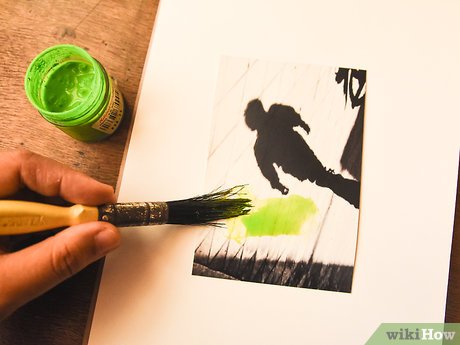
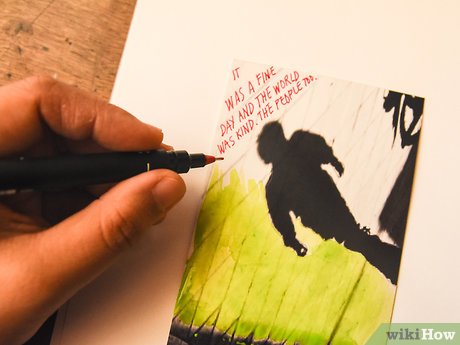
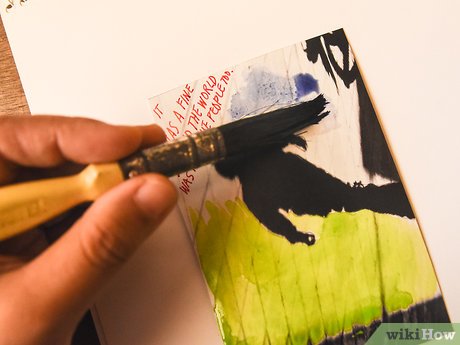
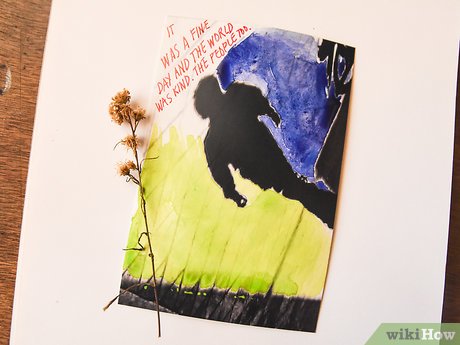










 How to Be Good at Art
How to Be Good at Art How to Save Money at Amusement Parks
How to Save Money at Amusement Parks How to Be Brave on 'Rush' at Thorpe Park
How to Be Brave on 'Rush' at Thorpe Park How to Visit SeaWorld Orlando
How to Visit SeaWorld Orlando How to Visit LEGOLAND California
How to Visit LEGOLAND California How to Visit Sesame Place
How to Visit Sesame Place